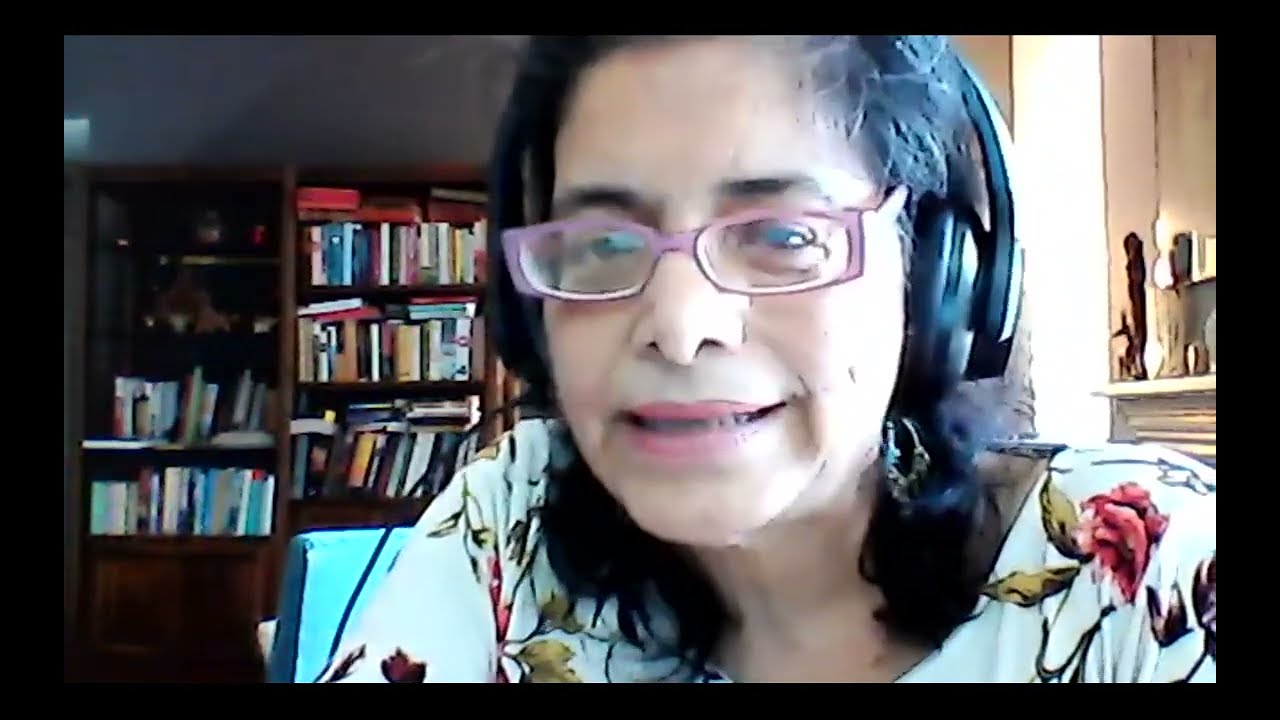
The Most Vulnerable Kids: What 5-to-11-Year Olds Need to Recover From the Covid-19 Pandemic
What is the current rate of 5-11-year-olds vaccinations in California? Why are parents hesitant to vaccinate younger children? Why do younger children need to be vaccinated, despite new data suggesting the inefficacy of the vaccine against Omicron for youth? What are the mental health impacts of the pandemic on children, and how can parents help them?
As part of the California Department of Public Health’s “Week of Action”, Ethnic Media Services convened experts to answer these questions. The briefing simulcasted in Spanish, Mandarin, and Korean.
Are children getting ill with Covid?
Jennifer Miller is a pediatrician with the East Bay Pediatrics. Dr. Miller wanted to dispel the myth children do not get Covid or, if they do, they only experience mild symptoms. Children are getting ill with Covid, and thousands were hospitalized. Children also experience Multisystem inflammatory syndrome. While rare, it happens and causes inflammation in various body systems – lungs, brain, heart, etc.
Children also experience long Covid with many complaining about shortness of breath, confusion, and other symptoms. Covid can affect children’s mental health, with many reporting anxiety and depression.
Why are parents hesitant about vaccinating younger children?
Fewer than 25% of children ages 5 – 11 in California are vaccinated. Parents are primarily worried about the long-term consequences of vaccines and whether they can cause infertility (there is no data to support those claims) or allergies. Potential side-effects are another cause of concern for parents. Children can experience milder side-effects, and more common ones include soreness or redness at the injection site, fever, or malaise. Dr. Miller recommends seeking medical help if the side effects persist for longer than five days.
Likewise, Dr. Miller wants all parents to know the vaccine is safe and underwent rigorous tests.
How can children return to school safely?
Sohil Sud, MD, MA, Safe Schools for All California Department of Public Health, spoke about how children can return to schools safely.
Dr. Sud confirmed that the trends are favorable for safe school return. Test positivity is 1.5% (compared to 25% at pandemic peak). Furthermore, case rates are down to 7.6 cases per 100.000 (compared to 300 cases per 100.000 at pandemic peak). Rates of hospitalizations and deaths are also down.
Dr. Sud updated members of the media on the latest policy updates.
1. The masking requirement is not obligatory but strongly recommended. If, however, local districts decide to mandate the masking requirement, the state will support it.
2. The latest recommendation is that schools use a notification-based model for students exposed to Covid in schools. If a child has Covid, they should go home and isolate, while other children can stay in school if they do not develop symptoms.
3. California will support the local school communities. Practical examples include organizing vaccination clinics and improving indoor air quality.
Dr. Sud also touched upon the disparity between vaccination rates in different counties.
What are the statistics for children who get Covid?
Beth Jarosz, Program Director, U.S. Programs and Deputy Director for KidsData, briefed the reporters on the number of children infected with Covid.
Since the beginning of the pandemic 1.6 million children between the ages of 0 – 17 contracted Covid. One statistic is concerning – the number of children who contracted Covid in the first two and a half months of 2022 is higher than the number of children infected in 2021.
Vaccination significantly reduces the risk of death. However, the vaccination rates vary widely between counties. Ms. Jarosz gave the example of Imperial county, where the vaccination rates are high (58%). In partnership with trusted community partners, the county mobilized the community to get vaccinated.
Ms. Jarosz also shared the statistics on the number of children’s deaths. The number of deaths for children ages 5 – 9 declined in 2020, but it rose for children aged 10 – 14. Also, mortality rates for children aged 10 – 14 show troubling trends. Unintentional deaths rose 40%, and the suicide rate nearly doubled in 2019 and 2020. The one silver lining during the pandemic was fewer emergency visits and hospitalizations.
How does Covid impact children’s mental health?
Dr. Veronica Kelley, Chief of the Mental Health and Recovery Services at the Orange County Health Care Center, spoke about the impact of the pandemic on the mental health of children aged 5 – 11.
In 2021, American Psychological Association reported a 24% increase in emergency room visits for children 5 – 11 due to mental health crises. Likewise, in 2021, children’s hospitals reported a 14% increase in mental health emergencies. There is a 42% increase in self-harm, which includes suicide attempts.
Children are in sustained survival mode, which involves continued unhealthy behaviors and disordered physical and mental health. Trauma is cumulative, and it piles up.
2/3 of the parents surveyed by the American Psychological Association expressed concern over the influence of the pandemic on their children. The good news is that most people cope well and do not develop mental health problems.
Things to remember for children aged 5 – 11:
• Mental health challenges are real, commonplace, and treatable.
• Children should ask for help.
• Children should be involved in activities with their peers.
• Children should also consider volunteering – it can make them feel better to help others.
Dr. Kelley’s advice for parents is to:
• Pay attention to your reactions as children pick up cues from us.
• Help children build stable and safe relationships with you and other trusted adults.
• Provide them with a stable home environment.
• Ensure they get regular medical checkups.
• Look for early warning signs like irritability, anger, changes in sleep patterns.
• Minimize access to means of self-harm (like medication or guns).
• And remember – talk openly about mental health!
